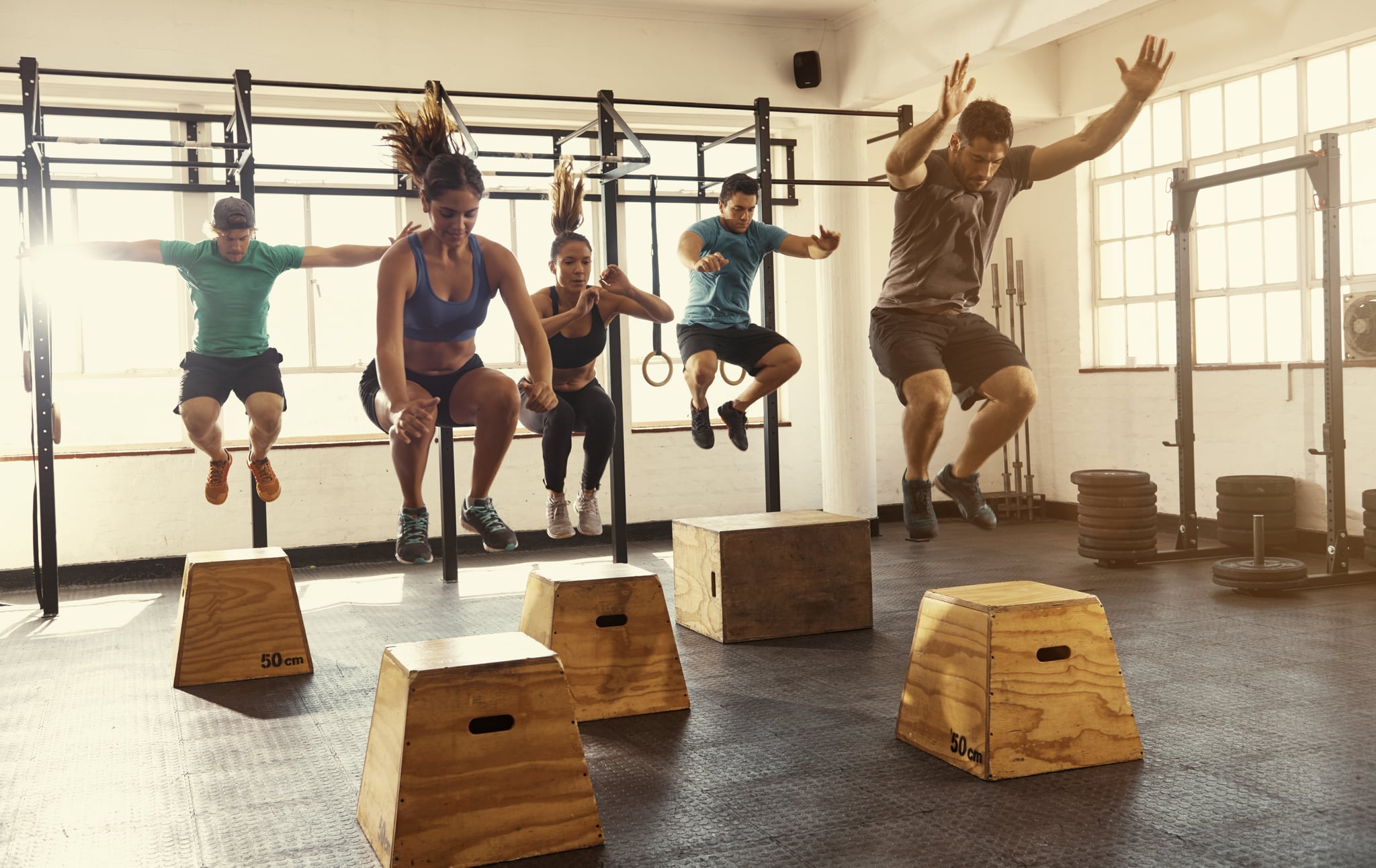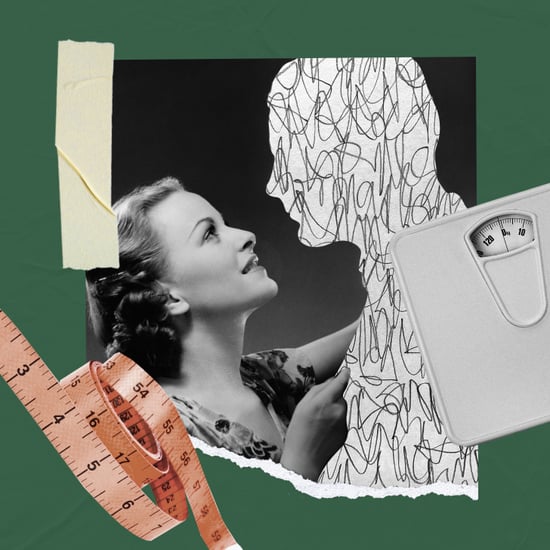Do You Burn Fat During Workouts?
You Aren't Burning Fat During That HIIT Workout — Here's When It Really Happens

Experts agree that high-intensity interval training (HIIT) and strength training are great for losing weight and lowering your body fat percentage. We hate to break it to you, but the process of burning fat doesn't happen instantly. To better understand the relationship between burning fat and exercise, POPSUGAR spoke to Holly Lofton, MD, director of the medical weight management program at NYU Langone Health.
In order to decrease the amount of body fat you have, Dr. Lofton explained, "We first need to burn off our glycogen (the stored form of carbohydrates)." Because "fat is a long-term storage unit of the body for energy," meaning your body is going to try to hold on to fat for as long as possible, this can be difficult to do.
"When you first start out doing an activity, your body's going to burn up any recently eaten carbohydrates," Dr. Lofton explained. For example, if you had a banana before training, your body will convert the carbohydrates in the banana first because it's the quickest form of energy. Once the energy from the banana has been used up, Dr. Lofton said your body will then burn glycogen, "your big, stored sugar molecules in your liver." After your body has burned the glycogen, Dr. Lofton said "depending on your fasted state, your nutritional state, your body will start to burn fat after that exercise period is over, so you don't directly burn fat while you're exercising."
According to Dr. Lofton, there is one exception: long-distance running. She explained that marathon runners, for example, will store a lot of glycogen and burn it in order to run for hours at a time, and eventually they'll be able to access some fat.
If you aren't a long-distance runner, your body won't be able to access your fat stores quick enough during a HIIT workout or strength session. For these styles of training, Dr. Lofton explained that post-workout is when the fat-burning magic takes place. She added that a majority of the time, the process of burning fat happens during fasted periods like sleeping and other daily activities.
To increase your post-workout fat burn, Dr. Lofton recommends doing exercises and workouts that require a greater energy expenditure and build muscle, and not consuming excess calories. If you're not sure where to begin, the following workouts and programs are a great place to start:
- A four-week beginner's program to build muscle.
- A weekly workout plan.
- A muscle-building kettlebell workout.
- Exercises that will help you burn fat and build muscle.








